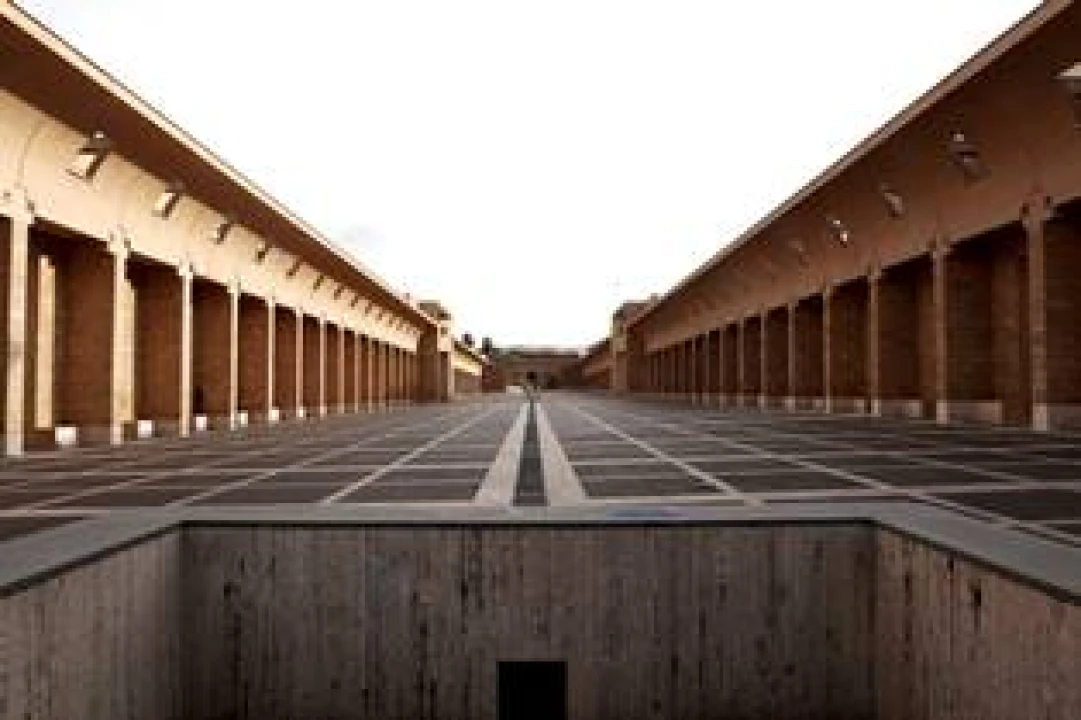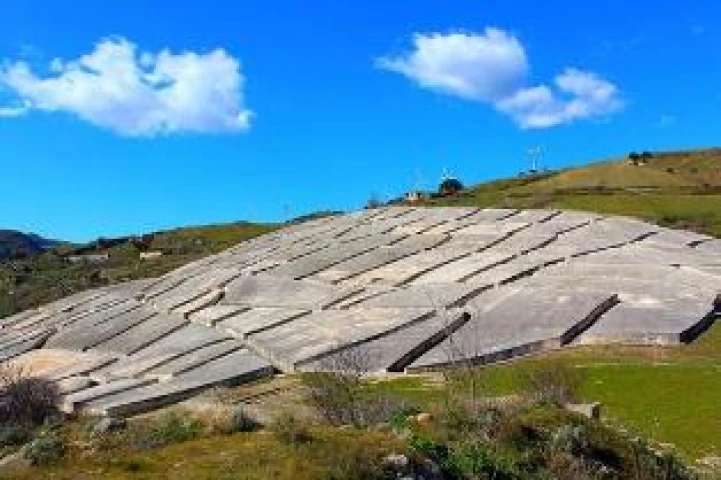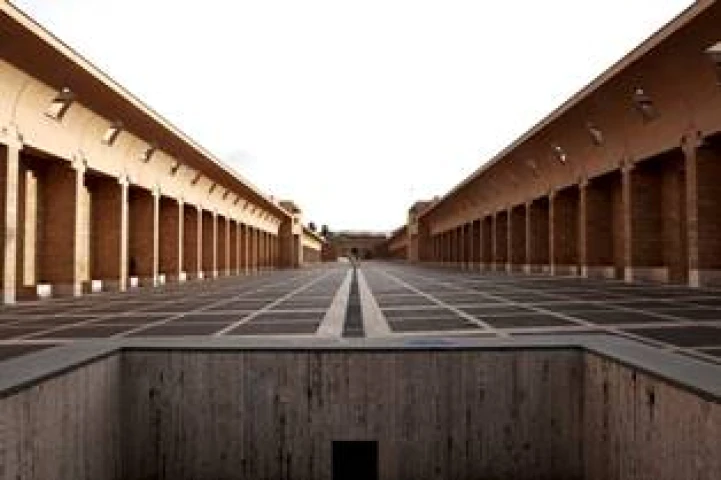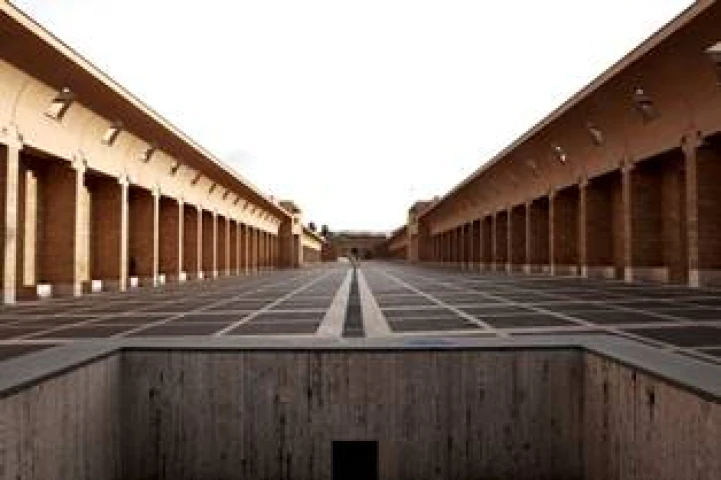WTI Magazine #15 2014 Jan, 31
Author : Enrico De Iulis Translation by:
In 1968, one of the strongest earthquakes ever recorded on Italian soil destroyed Belice, an area of the western Sicily. Whole villages were razed, including Poggioreale, Salaparuta and Gibellina. In the narration of the slow and difficult reconstruction of the area, Gibellina has a very interesting history. The Mayor Ludovico Corrao started the rebuilding of the entire town further downstream, near Salemi, where it was rebuilt from scratch what everybody will be calling Gibellina Nuova (New Gibellina).
Corrao's plan is emblematic of how art can contribute to social: the mayor called dozens of artists to give their contribution to the new idea of the city, giving birth to a true open-air museum of the art of the '70s in Italy. Architects, sculptors, and artists participated to this project.
Entering the city one can meet Peter Consagra's "Star of the Belice", a twenty meters high portal in replacement of the traditional Sicilian city gates. Consagra is the artist with the highest number of artworks Gibellina Nuova: he builds the "Meeting", a kind of sculpture/building which is a precursor to the buildings of the archistar's (superstar architects) conceptions of the XXI century. He also creates the doors of the botanical gardens, the cemetery, a theater and many panels creating an installation known as "City of Thebes".
Ludovico Quaroni realizes the Mother Church, while Gregotti and Samonà design the Town Hall Square, then decorated with ceramics by Carla Accardi. Mendini is the author of the carillon civic tower, while Franco Purini and Laura Thermes build together the "squares system": a series of squares scanned by such rhythmic lateral structures to sound a metaphysical landscape painted by De Chirico. Ettore Colla, Mimmo Rotella and Giuseppe Uncini are three other prominent names present with works perfectly coherent with the theme of the reconstruction. Reinforced concrete and iron, much loved materials by these artists, are used to complement and diversify the homes and the urban structures of the city. Same goes for Arnaldo Pomodoro and Mirko Basaldella, more oriented towards a visible and aesthetic decoration.
Baglio Di Stefano, an old country house just outside the town, was rebuilt in 1995 to house the Museum of Mediterranean plots, a library and a cultural foundation: it also host other works by Consagra and Mimmo Paladino's "The mountain of salt". Thirty other works at least are scattered in the streets of the town, a really interesting place because it shows an all Italian utopia, as to say to be able to create places of interest from nothing and nowhere, using only the power of art and, if well managed, to be able to obtain fame and tourism from them. But unfortunately this is not the case.
Alberto Burri was called to participate, but the artist did not want to work on the building of the new town. He created the first Italian Land Art example, cementing the rubble of the old Gibellina razed by the earthquake. A sort of heavy and neutral shroud seals all those houses, those dead and those streets centuries-old. Burri's "Great crack" is a wonderful work that closes in a more dignified way the life of an ancient town, founded in pre-Roman period, almost like a walkable shrine in the old streets of the town, that will live on in the form of a work of art.






